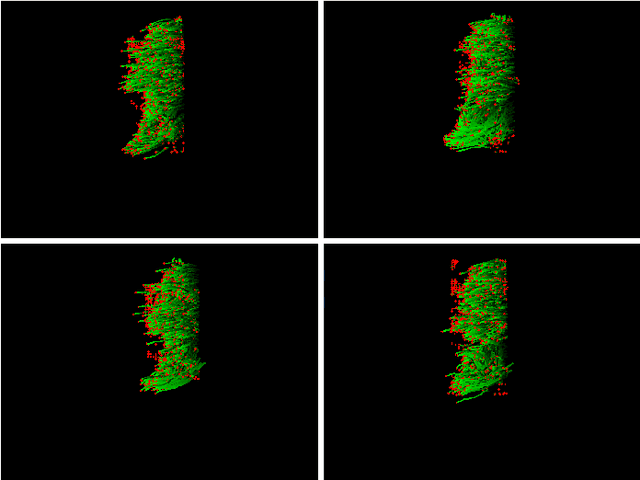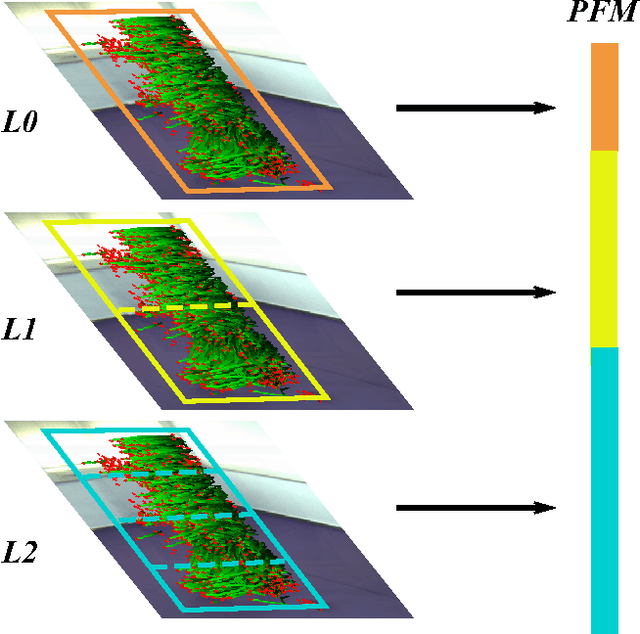Pyramidal Fisher Motion for Multiview Gait Recognition
Paper and Code
Mar 27, 2014



The goal of this paper is to identify individuals by analyzing their gait. Instead of using binary silhouettes as input data (as done in many previous works) we propose and evaluate the use of motion descriptors based on densely sampled short-term trajectories. We take advantage of state-of-the-art people detectors to define custom spatial configurations of the descriptors around the target person. Thus, obtaining a pyramidal representation of the gait motion. The local motion features (described by the Divergence-Curl-Shear descriptor) extracted on the different spatial areas of the person are combined into a single high-level gait descriptor by using the Fisher Vector encoding. The proposed approach, coined Pyramidal Fisher Motion, is experimentally validated on the recent `AVA Multiview Gait' dataset. The results show that this new approach achieves promising results in the problem of gait recognition.
 Add to Chrome
Add to Chrome Add to Firefox
Add to Firefox Add to Edge
Add to Edge